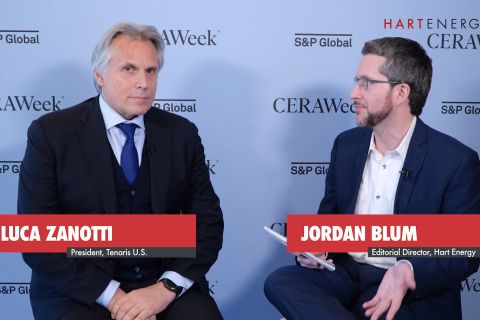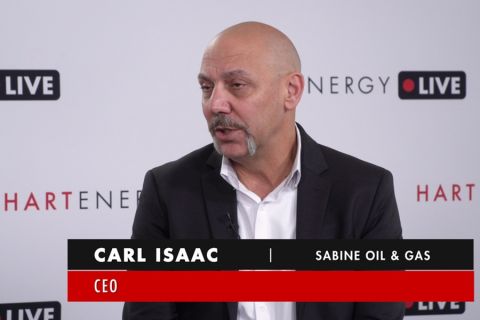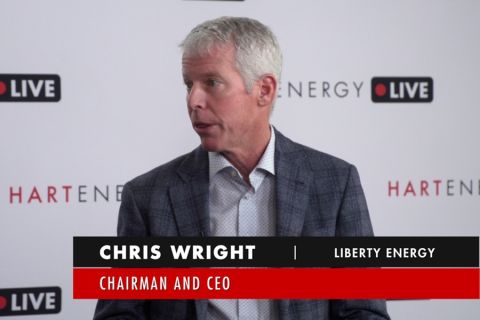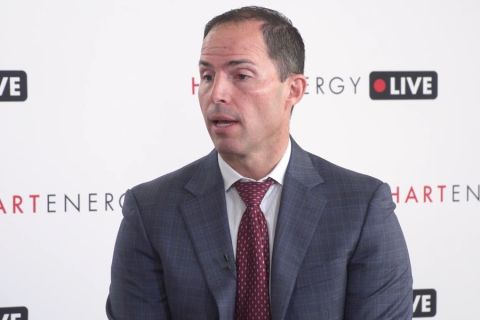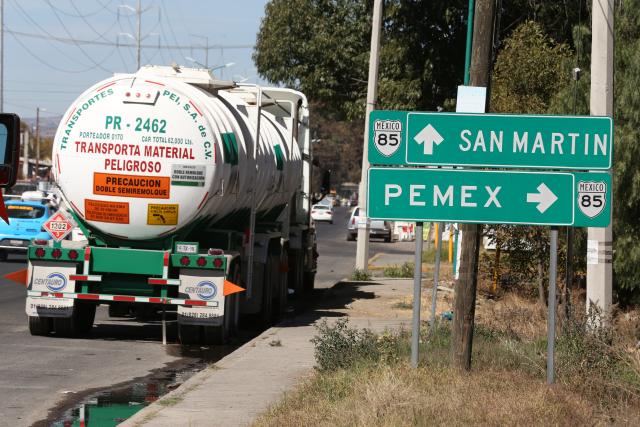
A petrochemical center in Puebla, Mexico where fuel transport pipes are filled with diesel and gasoline. (Source: Shutterstock)
Mexico’s President Andrés Manuel López Obrador (known as AMLO) is continuing to push boosting Petróleos Mexicanos’ (Pemex) role as a lever of national development. In line with his vision, state-owned Pemex has earmarked $105 billion of capital investments in its 2023-2027 business plan to boost liquids and natural gas production and reduce certain import dependency.
Pemex’s plans to boost its participation in the national oil market will require addressing formidable headwinds including management of its long-term debt of $105 billion at the end of the third quarter of 2022 and, importantly, its flagging production levels.
The Mexico City-based company’s 5-year business plan foresees roughly 92% of its capital outlays destined for E&P activities to boost liquids (oil plus condensates) by 18% and gas production by 9%, the company announced in mid-Dec. on its website.
Pemex’s production goals are based on three scenarios: base, minimum and alternate. The base scenario stems from basic economic and financial premises laid out in Mexico’s national development plan. The minimum scenario, the basis for Pemex’s most realistic goals in its business plan, stems from a conservative oil market perspective, while the alternate scenario builds on the base scenario and considers greater resources that could allow production and infrastructure projects to be brought forward.
RELATED
LatAm Outlook 2023: Brazil, Guyana Anchor Production Growth
Under Pemex’s minimum scenario, liquids production is forecast to average 2.32 MMbbl/d in 2027 compared to 1.97 MMbbl/d in 2023. Pemex forecast liquids production of 1.81 MMbbl/d in 2022. Under the scenario, gas production is forecast to average 5.07 Bcf/d in 2027, compared to 4.67 Bcf/d in 2023 and 3.99 Bcf/d in 2022.
| Pemex Business Plan 2023-2027 | |||||||
| CAPEX | 2022f | 2023f | 2024f | 2025f | 2026f | 2027f | |
| Capex (million pesos) | 429,676 | 440,878 | 503,138 | 425,912 | 441,619 | 440,125 | |
| Fx Rate | 21.4 | 21.4 | 21.4 | 21.4 | 21.4 | 21.4 | |
| Capex (million dollars) | 20,078 | 20,602 | 23,511 | 19,902 | 20,636 | 20,567 | |
| Production | 2022f | 2023f | 2024f | 2025f | 2026f | 2027f | |
| Liquids (MMbbl/d) | |||||||
| Alternate Scenario | 1.81 | 1.97 | 1.95 | 2.06 | 2.32 | 2.71 | |
| Minimum Scenario | 1.81 | 1.97 | 1.97 | 2.05 | 2.18 | 2.32 | |
| Base Scenario | 1.81 | 1.71 | 1.68 | 1.80 | 1.88 | 1.84 | |
| Gas (Bcf/d) | |||||||
| Alternate Scenario | 3.99 | 4.67 | 4.44 | 4.83 | 5.12 | 5.53 | |
| Minimum Scenario | 3.99 | 4.67 | 4.69 | 4.89 | 5.05 | 5.07 | |
| Base Scenario | 3.99 | 4.15 | 4.07 | 4.33 | 4.41 | 4.30 | |
Pemex’s liquids and gas production is far from the 2.55 MMbbl/d and 6.39 Bcf/d produced respectively in 2012, according to company data. Lower liquids and gas production has led to a high dependence on imports of finished refined products and piped-gas respectively, which go against government plans.
Mexico’s energy independence
AMLO’s key objectives for the energy sector include energy independence and strengthening the state’s financial coffers. Mexico’s national development plan focuses on three axes: economic, social and environmental and cultural. The economic aspect establishes the rescue of Pemex as well as the Federal Electricity Commission (CFE) due to their strategic importance to Mexico as levers of national development.
For its part, Pemex is a main contributor to the federal government's public finances and a fundamental player in the national economy, thus vital in achieving such goals, the company said in the document. Recovery of Pemex is in line with AMLO’s vision which prioritizes the interests of Mexico in the management of its oil resources on the path towards energy self-sufficiency.
Pemex’s financing strategy aims to execute a financial policy focused on not increasing its long-term debt, moderating financial costs and maintaining a manageable debt maturity profile.
Mexico’s energy sector plan also aims to improve the energy efficiency of economic activities and reduce greenhouse gas emissions related to the generation of electricity and the transport sector. It also aims to stabilize energy consumption through 2050 via “energy efficiency, technological improvements, widespread electrification of all sectors, restructuring and urban densification,” according to the document.
Higher production, lower imports
Execution of Pemex’s business plan and higher production levels will allow the company to reduce dependency of certain imports but not completely solve the import problem, especially as it relates to gas.
On the liquids side, Pemex aims to reduce costs and increase the efficiency of its operations while looking to boost production through incorporation of new developments and prioritizing development activities at mature fields, while slowing production declines at its fields.
Higher liquids production will be destined to feed Pemex’s refining system and help to reduce import dependency on finished refined products. Pemex aims to focus on the rehabilitation of its six existing refineries in Mexico and the construction of new refining capacity. The new 340,000 bbl/d capacity Dos Bocas refinery is set to start operations by the end of 2023, the company said.
On the gas side, Pemex aims to boost the efficiency of its operations and the availability of gas through the adaptation of infrastructure and diversification of supply sources. Pemex’s ability to boost gas production could help Mexico reduce some of its dependency of piped gas from the U.S. used to generate electricity or to feed any number of planned LNG export plants.
RELATED
West Texas Exports ‘Record’ Gas Volumes to Mexico
Recommended Reading
Exclusive: Tenaris’ Zanotti: Pipes are a ‘Matter of National Security’
2024-04-12 - COVID-19 showed the world that long supply chains are not reliable, and that if oil is a matter of U.S. national security, then in turn, so is pipe, said Luca Zanotti, U.S. president for steel pipe manufacturer Tenaris at CERAWeek by S&P Global.
Exclusive: Sabine CEO says 'Anything's Possible' on Haynesville M&A
2024-04-09 - Sabine Oil & Gas CEO Carl Isaac said it will be interesting to see what transpires with Chevron’s 72,000-net-acre Haynesville property that the company may sell.
Exclusive: Liberty CEO Says World Needs to Get 'Energy Sober'
2024-04-02 - More money for the energy transition isn’t meaningfully moving how energy is being produced and fossile fuels will continue to dominate, Liberty Energy Chairman and CEO Christ Wright said.
Chesapeake, Awaiting FTC's OK, Plots Southwestern Integration
2024-04-01 - While the Federal Trade Commission reviews Chesapeake Energy's $7.4 billion deal for Southwestern Energy, the two companies are already aligning organizational design, work practices and processes and data infrastructure while waiting for federal approvals, COO Josh Viets told Hart Energy.
Exclusive: Calling on Automation to Help with Handling Produced Water
2024-03-10 - Water testing and real-time data can help automate decisions to handle produced water.


